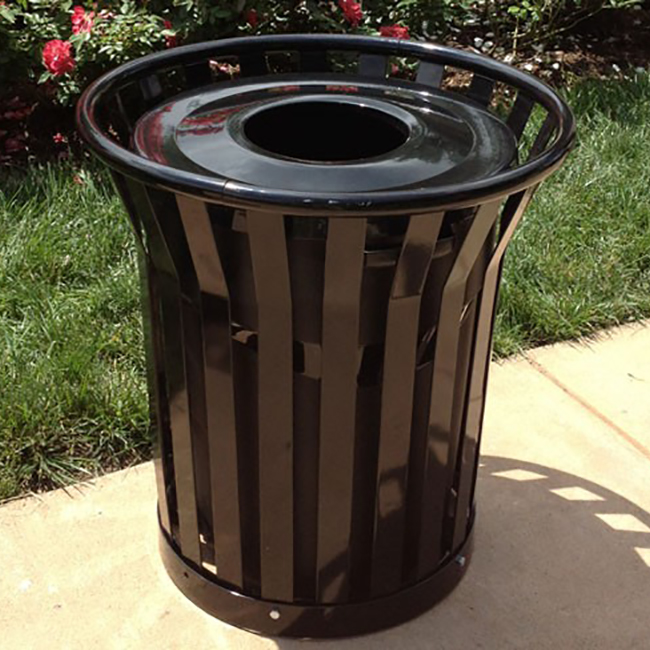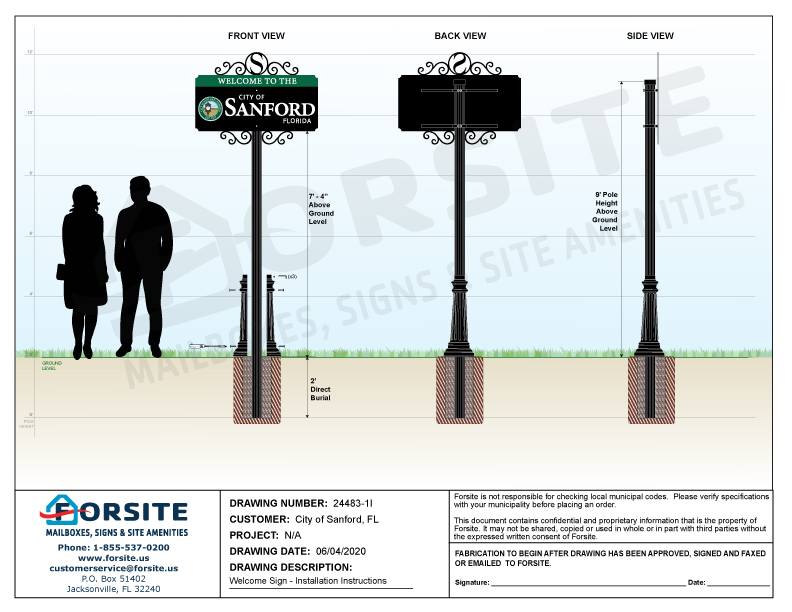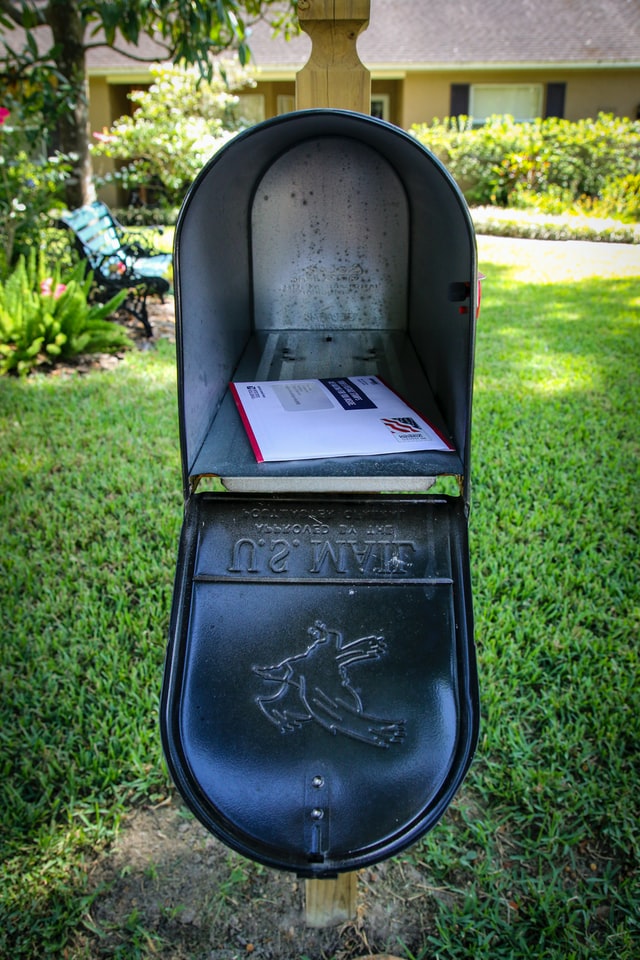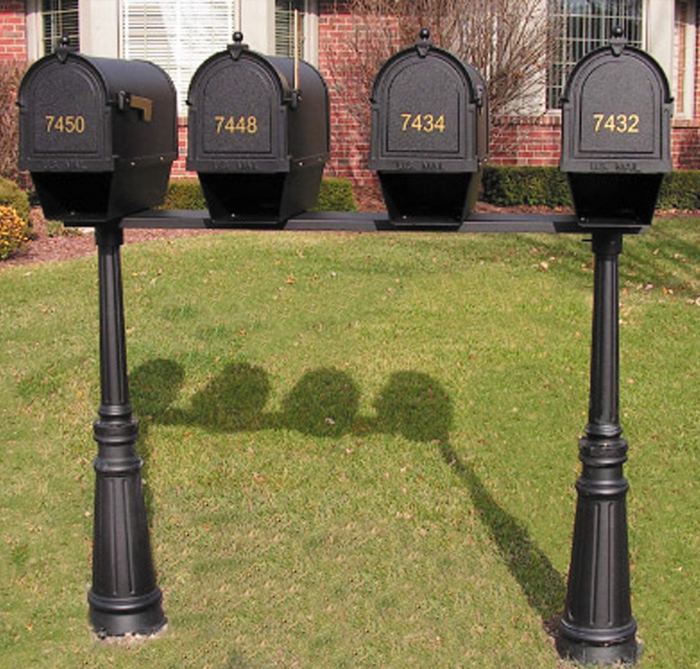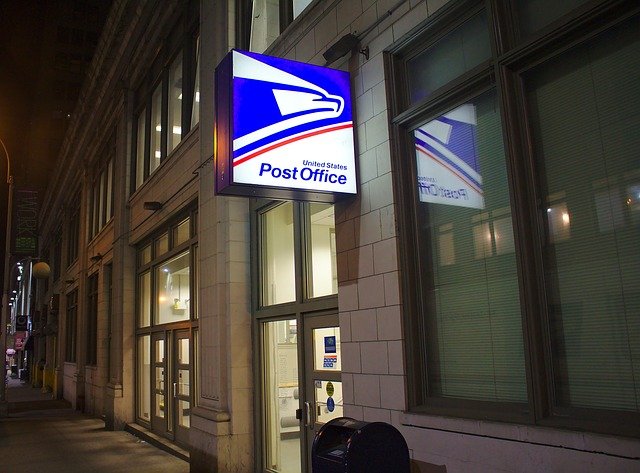Blog
Don't Forget Trash Receptacles When Designing a Commercial Shopping Center
Friday October 23, 2020What's the one site furnishing that all commercial shopping centers need? It's trash receptacles. Regardless of what type of commercial shopping center you're designing, you can't ignore the benefits of trash receptacles. It's a smart investment that can pay off in several ways. To learn more about trash receptacles and why you should include them in your commercial shopping center, keep reading.
City of Sanford Florida Welcome Signs
Friday October 16, 2020The City of Sanford, Florida asked Forsite to develop community welcome signs to be installed at 12 different entry points to the city. They wanted to incorporate a decorative scroll design that was used for the city merchant signs. Our design team started off with several design concept to present to the city to review. After a few revisions, the city choose a design and production has recently begun on the welcome signage systems.
5 Safety Rules to Follow When Installing Mailboxes Along a Highway
Tuesday October 13, 2020When installing curbside mailboxes along a highway, you must conscious of whether they pose a risk to residents and motorists. Highways are main roads that connect major U.S. cities. Therefore, they often have a higher legal speed limit than smaller secondary roads. Both the United States Postal Service (USPS) and the U.S. Federal Highway Transportation Authority (FHWA) allow curbside mailboxes to be installed along highways. When doing so, however, you should follow some basic safety rules.
What Are the Testing Requirements for Curbside Mailboxes?
Tuesday October 06, 2020Since being founded in the early 1970s, the United States Postal Service (USPS) has worked to standardized mailboxes. There are certain rules manufacturers must follow when designing and producing curbside mailboxes, some of which involve testing. Testing is done to ensure that new curbside mailboxes are able to meet the USPS's quality standards. If a new curbside mailbox isn't tested -- or if it fails any of the required test -- the Postmaster General (PMG) won't approve it. What are the testing requirements for curbside mailboxes exactly?
6 Things You Didn't Know About the USPS
Friday September 25, 2020The United States Postal Service (USPS) is responsible for delivering mail to over 160 million addresses in the United States. It was created in the late 1700s following the Postal Service Act. Since then, the USPS has worked vigorously to deliver mail to countless homes and businesses. While you're probably familiar with its purpose, you might be surprised to learn the following facts about the USPS.


